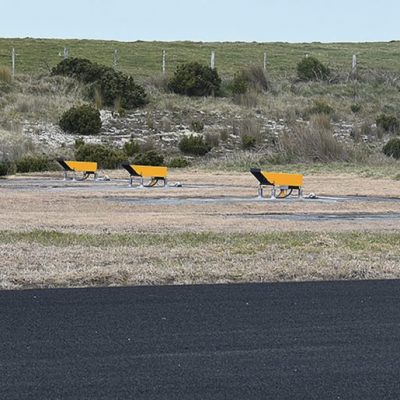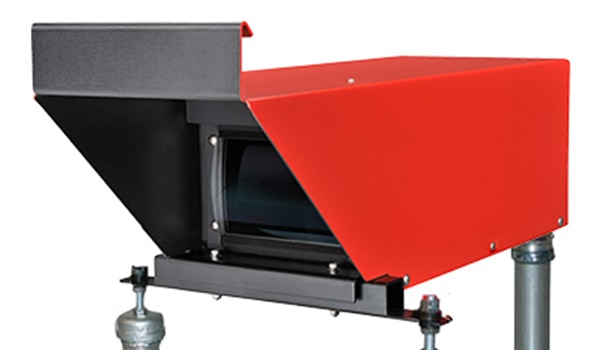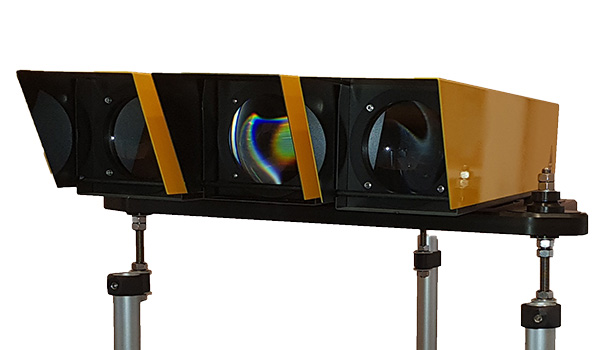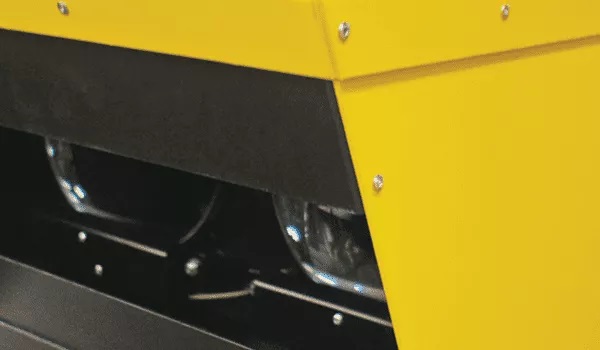PAPI Lights
Flexible PAPI lighting systems used by airports around the world. Our range of PAPI lights is suitable for airports of any size – our team has decades of experience in the airport lighting industry and will work with you to ensure you make the best choice for your airfield. And once the project is complete, our aftercare approach ensures you can move forward in complete confidence.
If you require PAPI lights for your airport, browse our product range below or get in touch with a member of our team to discuss your requirements.





